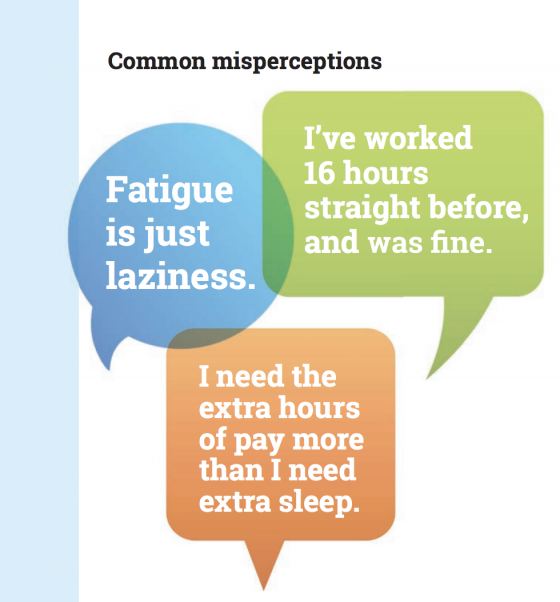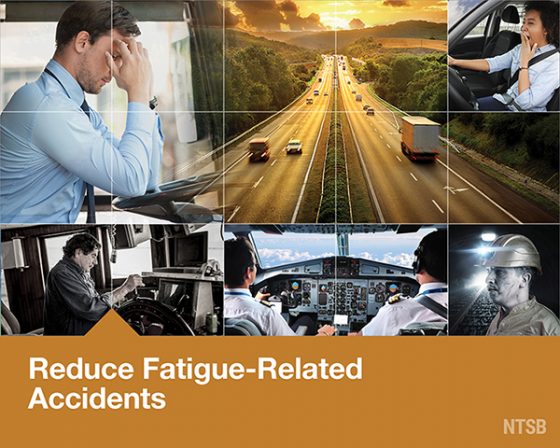The World Health Organization (WHO) has officially recognized workplace burnout as an occupational phenomenon in the latest version of its “International Classification of Diseases” (ICD). This official designation indicates how serious workplace burnout and stress are as an impediment to a healthy, productive work environment, and how important it is for employers to take concrete steps to address it.
Since 1948, the WHO has published the ICD, which “defines the universe of diseases, disorders, injuries and other related health conditions, listed in a comprehensive, hierarchical fashion.” The last published version of the ICD defines “burnout” as a “state of vital exhaustion,” but the forthcoming edition has updated that definition, clarifying that it is a condition that occurs specifically in the workplace.
The new definition includes: “Burnout is a syndrome conceptualized as resulting from chronic workplace stress that has not been successfully managed. … Burnout refers specifically to phenomena in the occupational context and should not be applied to describe experiences in other areas of life.
” The three factors the WHO identifies for classifying burnout are:
- Feelings of energy depletion or exhaustion,
- Increased mental distance from one’s job, or feelings of negativism or cynicism to one’s job, and
- Reduced professional efficacy
According to a 2017 Gallup poll, 23% of U.S. employees “reported feeling burned out at work very often or always, while an additional 44% reported feeling burned out sometimes.” When workers suffer from burnout, it can have serious effects on business performance. A 2017 survey conducted by Kronos Incorporated and Future Workplace also noted that “95% of human resource leaders admit employee burnout is sabotaging workforce retention,” and “nearly half of HR leaders (46%) say employee burnout is responsible for up to half (20% to 50%, specifically) of their annual workforce turnover.” This means higher recruiting costs, additional time for other employees and managers involved in the recruitment and training processes, as well as potential business interruptions and lost institutional knowledge.
Gallup also noted that employees experiencing burnout “are 63% more likely to take a sick day,” and alarmingly, “are 23% more likely to visit the emergency room.
” Indeed, in 2015, the Harvard Business Review says that workplace stress caused additional physical and psychological healthcare spending between $125 and $190 billion annually in the United States. Given the rising costs of U.S. healthcare and increasing recognition and treatment related to burnout, it is likely that these numbers have only increased.
Gallup reports that the top five factors most highly correlated with burnout are:
- Unfair treatment at work
- Unmanageable workload
- Lack of role clarity
- Lack of communication and support from manager, and
- Unreasonable time pressure
The American Psychological Association’s Center for Organizational Excellence has outlined the importance of communication to maintaining a psychologically healthy work environment, both bottom-up and top-down. The APA’s recommendations include “providing regular, on-going opportunities to provide feedback to management,” and “leading by example, by encouraging key organizational leaders to regularly participate in psychologically healthy workplace activities in ways that are visible to employees.” The organization also emphasizes work-life balance, noting that instituting policies like flexible work arrangements and assistance with childcare can provide “benefits in terms of increased productivity and reduction in absenteeism, presenteeism and employee turnover.”
When companies take workplace stress seriously, and implement processes to address burnout and create healthy work environments, they see happier workers, higher retention and greater productivity, as well as lower costs. The WHO officially acknowledging burnout as a serious workplace concern should be a wake-up call for employers.



 The concept of a culture of safety can be stalled by employers that say they want to be safer, but do little to implement real change.
The concept of a culture of safety can be stalled by employers that say they want to be safer, but do little to implement real change.